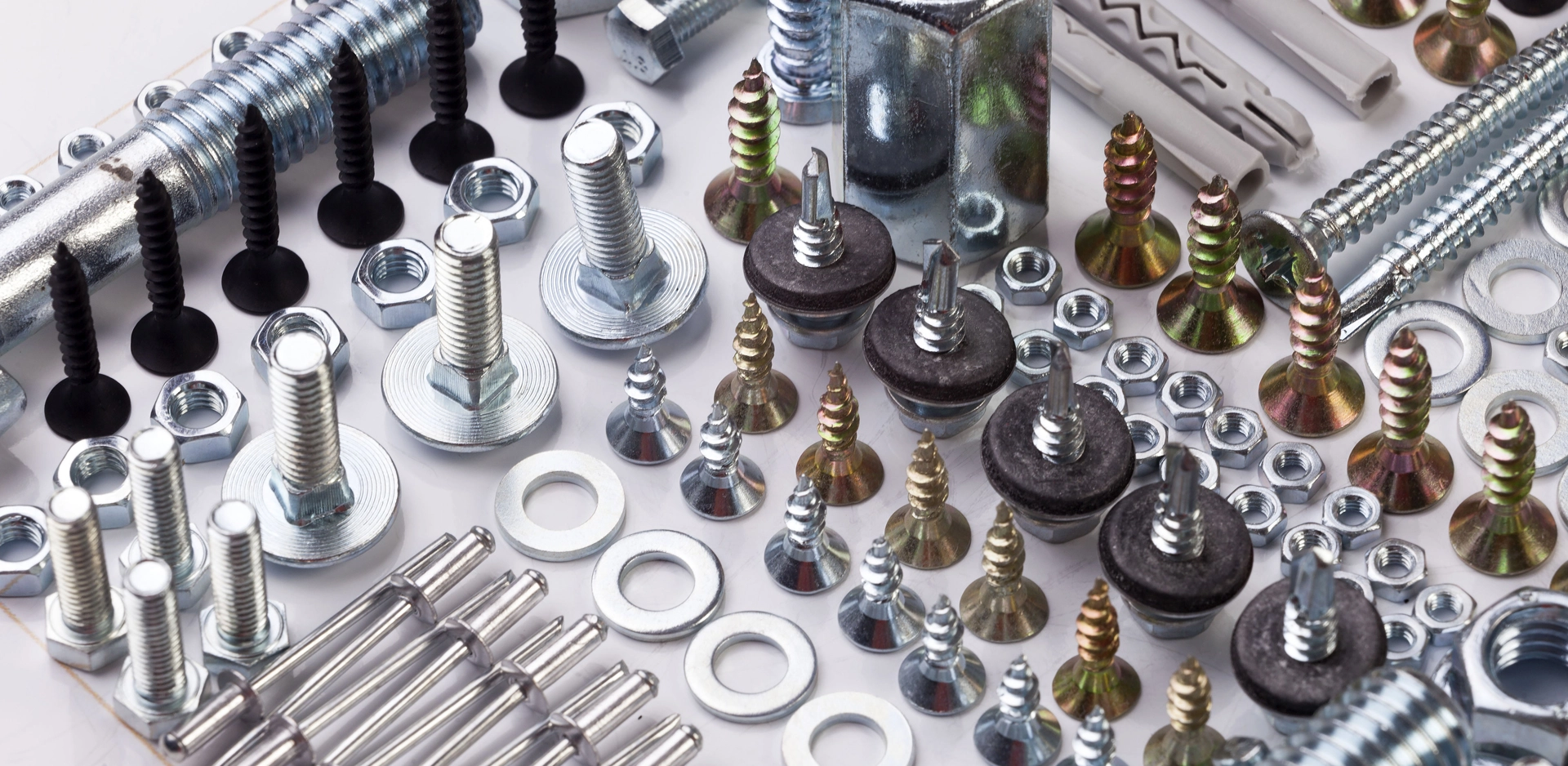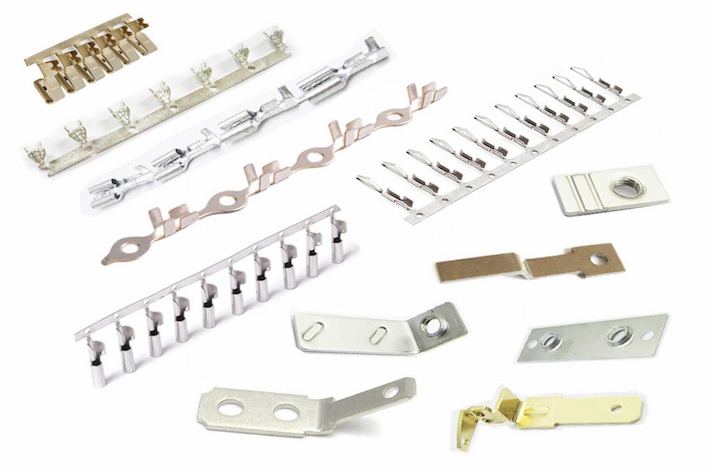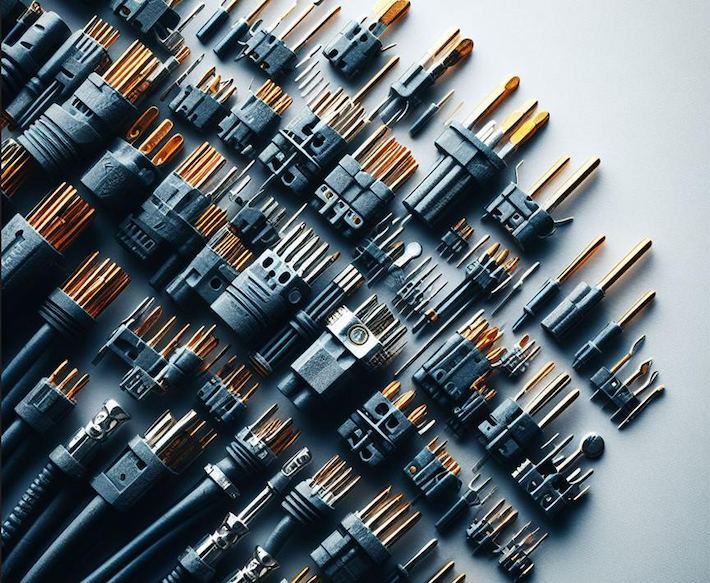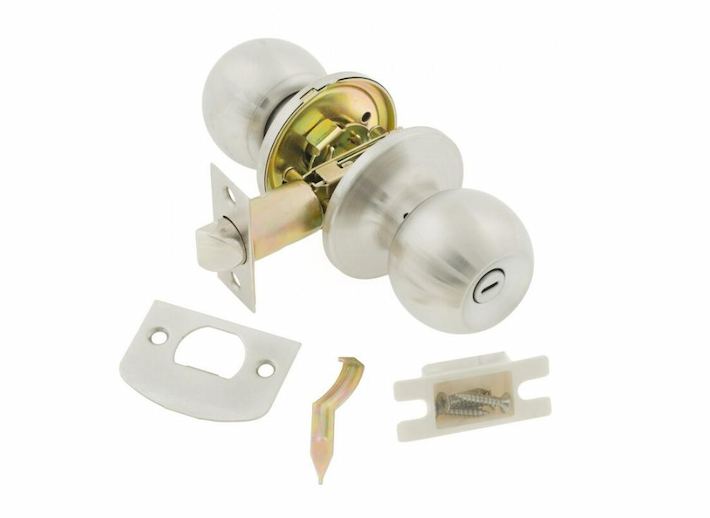
ماشین:فرایند ماشینی مانند چرخش، سرمایی و حفاری معمولاً برای تولید سنجاق پایانه، میله ها و شافت ها استفاده می شوند. ماشینی اجازه می دهد به شکل دقیق و اندازه ی قطعات اجازه دهد. این جمله برای تولید کوچک و مقدار بزرگتر مناسب است.
سرد:سرد یک فرایند برای تشکیل سر و بدن سنج، میله ها و شاخه هایی از سیم فلزی یا میله ها استفاده می شود. این فرآیند شامل استفاده از مرگ و مشت هایی است که ماده را به شکل مورد نظری ساخته است. عنوان سرد اغلب به دلیل کاربردی و هزینه هزینه اش برای تولید بالا استفاده می شود.
انحراف:اکستریشن یک فرایند تولید است که یک بیلت فلز گرم شده از طریق مرگ مجبور می شود تا یک پروفایل پیوسته با یک پیوستر تقسيم معمولاً برای تولید میله های بلند و یا شیفت ها با یک قطر ثابت یا شکل عبور مشخص استفاده می شود.
برگشت:یک فرایند است که شامل استفاده از یک مطبوع است و برای بریدن و شکل کردن برگه های فلزی به شکل مورد نظر استفاده می شود. معمولاً برای تولید پین های کوچک ترمینال یا اجزای صافی استفاده می شود.
اینها فقط چند مثال از فرایندهای تولید برای پین های پایانه، میله ها و شافت ها هستند. انتخاب مشخص فرایند تولید بستگی به نیاز ها و محدودیت های درخواست بستگی دارد.
موادی | آهن، فولاد بی لکه، برنج، مس، فولاد گالوانیز، تیتانیوم، آلومینیوم، و غیره |
درمان سطحی | زینک/نیکل |
نوع: | قطعات غیر استاندارد بالا (سرویس OEM) |
فرایند | پنچینگ/پنچینگ، ماشین CNC / ترکینگ/میلینگ، نقاشی عمیق و پروسه دیگر |
گواهی | IATF16949 2016; I SO9001 2015; ISO14001: 2015;RoHS & REACH و غیره. |
کاربرد | ترموستات خودکار/ ماشین ، سودهی ، گرمای الکتریکی ، فضای هوایی ، انرژی جدید و غیره |
فولاد نشده: فولاد نشده یک انتخاب محبوب برای سنجاق پایانه، میله هاست و شاخه ها به خاطر مقاومت فوق العاده اش، قدرت بالا و پایداری معمولاً در برنامه هایی استفاده می شود که اجزاء برای مقابله با شرایط سخت محیط محیطی و یا نیاز به ویژگی های خوب بهداشت است.
برس: برس مواد دیگری به طور گسترده ای استفاده برای سنج های پایانه، میله ها و شاخه ها است. این اداره ی خوب الکتریکی، قوت میانه و مقاومت درمانی میکنه برس اغلب برای برنامه هایی انتخاب می شود که اداره الکتریکی حیاتی است، مانند اتصال های الکتریکی و ترمینال ها.
آلومینیوم: آلومینیوم یک مواد سبک است که معمولاً در کاربردهایی که در آن کاهش وزن مهم استفاده می شود. این ترکیب الکتریکی خوب و قدرت میانه دارد اما در مقاومت کمتر از فولاد بی لکن یا برنج دارد. پین های ترمینال آلومینیوم و شیفت ها در صنایع مانند هوا فضا و خودکار کاربردها می شوند.
مس: مس یکی از رهبر برق است که آن را برای برنامه هایی مناسب می سازد که نیاز به هدایت الکتریکی بالا دارد. اغلب در اتصالات الکتریکی و ترمینال ها استفاده می شود. با این حال، مس در مقایسه با مواد دیگر، بنابراین این ممکن است برای بهبود ویژگی های مکانیکی احتیاج داشته باشد.
پین های ترمینال، با وجود اینکه اندازه کوچک باشند، نقش اصلی در اطمینان کردن اتصال بدون دریایی و عملکرد قابل اطمینان دارند. این اجزای غیر قابل توجه به عنوان پیوندهای حیاتی در زنجیره دستگاه های الکترونیکی و الکتریکی کار می کنند که انتقال سیگنال و قدرت را آسان سازد. در این مقاله، ما نقش های چند صورتی را کشف می کنیم که پین پایانه ها در کاربردهای مختلفی انجام می دهند.

1. اتصالات:
پین های پایانال به عنوان اتصال ها عمل میکنن، شکاف بین دستگاه های الکترونیکی رو جمع میکنن. آنها ارتباطات الکتریکی بین اجزای مختلف را ایجاد می کنند، که جریان سیگنال و قدرت را قادر می سازد، چه در الکترونیکی مصرف کنند، سيستم هاي ماشين يا تجهيزات صنعتي.
دو هدایت و جریان جاری:
یکی از تابع های اصلی پین های پایانی برای جریان الکتریکی است. از مواد هايي مثل برنج، مس، يا آليائي ساخته شده، اين سنجش ها جريان الکتريسيته روي کارآمد و پايين مقاومت ميکنن کم کردن انرژي
۳:
پنجاه های ترمینال برای محکم امنیت درون اتصال ها طراحی شده ابعاد و شکل دقیقشون بهشون اجازه می دهد که با کمال ارتباطات زایمان رو جلوگیری کنن حتي در محيطهاي احتياط
درخواست های متفاوت:
پین پایانه های برنامه هایی در سراسر صنایع مختلف، از ارتباطات تا دستگاه پزشکی پیدا میکنند. اونا اجزاي انتخاباتي در انجمن هيئت مدارهاي مدار هستند و سيستم هاي الکترونيکي متفاوت هستند نشون دادن زيادي هست
انتقال سيگنال:
در دستگاه های الکترونیکی، پین های ترمینال نقش مهمی در انتقال سیگنال بین اجزای مختلف دارند. این برای عملکرد مناسب دستگاه هایی مانند کامپیوتر، سیستم های ارتباطی و تجهیزات صوتی حیاتی است.
۶. اتصال خودکار:
توي صنعت ماشين ، پين هاي پاياني براي ارتباطات و اتصال ضروري هستند اطمینان دادن ارتباطات قابل اطمینان برای بسیاری از سیستم های الکترونیکی در ماشین های مدرن، از جمله سنسورها، نور و ماژول های کنترل.
تجهیزات پزشکیدر:
پین های پایانه به یکپارچه دقیق و قابل اعتماد اجزای در دستگاه پزشکی کمک می کند. نقش آنها در تجهیزات پزشکی مانند ماشین های تشخیصی و دستگاه های نظارت بیمار برای انتقال داده های دقیق حیاتی است.
۸: سفارشی برای کاربردهای مشخص:
به عنوان یک تولید کننده پیشنهاد پین های پایانه، HHC Precision خدمات سفارشی را برای رسیدگی به نیازهای منحصر به صنایع مختلف ارائه می دهد. پین های پایانی ما می تواند به اندازه، شکل و ترکیب مادی ترتیب داده شود، تا مطمئن باشد که برای برنامه های مشخصی مناسب باشد. این سطح سفارشی به ما اجازه می دهد تا راه حل هایی را فراهم کنیم که به نیازهای دقیق مشتریان متنوعمون رو برآورده کنیم.
اتصال ترمینال های پین اجزای الکترونیکی با برنامه های متفاوت است، مخصوصا در زمینه هایی که درخواست اتصال قابل اعتماد و عملکرد بالایی دارند.

سیستم های الکتریکی خودکار:
اتصال ترمینال های پین نقش مهمی در صنعت اتومبیل دارند که ارتباط و انتقال سیگنال الکتریکی را راه اندازی می کند. در سیستم های الکتریکی خودکار، این اتصال ها معمولاً برای پیوند سنسورها، چراغ ها، ماژول های کنترل و دیگر اجزای الکترونیکی استفاده می شوند. به دلیل تقاضای بالا برای اعتماد و عملکرد در سیستم های الکتریکی خودکار، اتصال های پایدار ارتباطات الکتریکی را ارائه می کنند، اطمينان به عمليات نرم سيستم هاي مختلف.
سیستم های باتری انرژی جدید:
اتصال های پایانی پین اجزای کلیدی در سیستم های باطری انرژی جدید هستند که به ماژول های باتری، موتورهای الکتریکی و واحد های کنترل برق متصل می شوند. این اتصال ها باید در مقابل جریان بالا و دمای حرارتی مقاومت کنیم در حالی که اطمینان انتقال انرژی موثر استفاده می کنند. با طراحی دقیق و رهبری برتری آنها، اتصال های پایانی به ارتباطات قابل اعتماد در نقلیه های الکتریکی و سیستم های انرژی تجدید پذیری کمک می کنند.
برنامه های دستگاه پزشکی:
در حوزه دستگاه های پزشکی، اتصال ترمینال های پین به طور گسترده برای اتصال سنسور ها، دستگاه های نظارتی استفاده می شوند، و تجهيزات درماني دقت و اعتماد قابلیت این اتصال ها برای اطمینان به عملیات طبیعی دستگاه های پزشکی ضروری است. آنها ارتباطات امن و ثابت الکتریکی را فراهم می کنند، ارسال اطلاعات دقیق پزشکی را کمک می کنند و برای تشخیص و درمان دقیق برای بیماران کمک می کنند.
سیستم های هوایی:
اتصال های پایان پین کاربردهای گسترده در صنعت هوا فضایی پیدا می کنند و سیستم های الکترونیکی و الکتریکی هواپیماهای مختلف را متصل و متصل و پشتیبانی می کنند. به خاطر نیازهای سبک و پایداری بالا و مقاومت به دمای بالا در سیستم هوا فضایی اتصال های پایانی معمولاً مواد و طراحی پیشرفته برای اطمینان قابلیت در شرایط زیادی استفاده می کنند. این اتصال ها برای پیوند سیستم های ناوبری، تجهیزات ارتباطی، سیستم کنترل پرواز و بیشتر استفاده میشن بازی نقش حیاتی در عملکرد کلی سیس هوا فضایی
پین های پایانه به عنوان اتصال به عنوان اتصال الکتریکی می باشند که با فراهم کردن یک مسیر راهنمایی بین اجزای الکترونیکی را آماده می کنند. اين سنجاق ها با دقت طراحي شدن تا اطمينان داشته باشن که درون اتصال ها جاش امن باشن برقرار کردن ارتباطات قابل اطمينان براي جريان سيگنال و قدرت. این اصول در مورد توانایی هایی که ارتباطاتشون رو پل میکنن، فعال سازی جریان فعالیت کنن، و محیط امنیتی رو حفظ کنن مطمئن شدن عملکرد بهینه در کاربردهای گوناگون مانند ماشین، الکترونیکی و و وسایل پزشکی.



